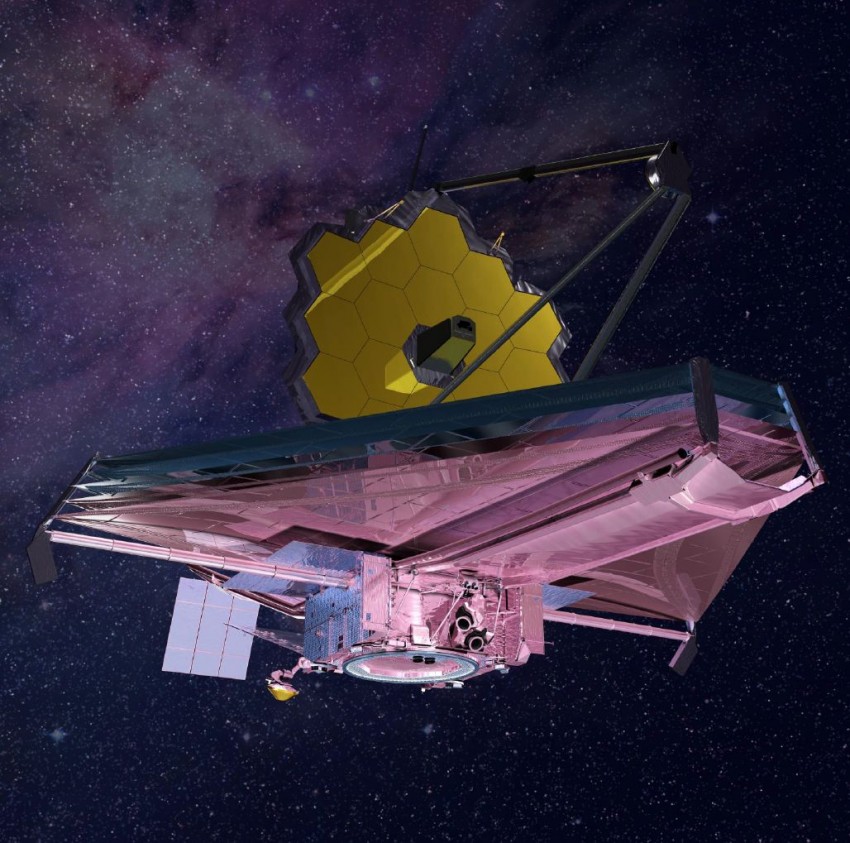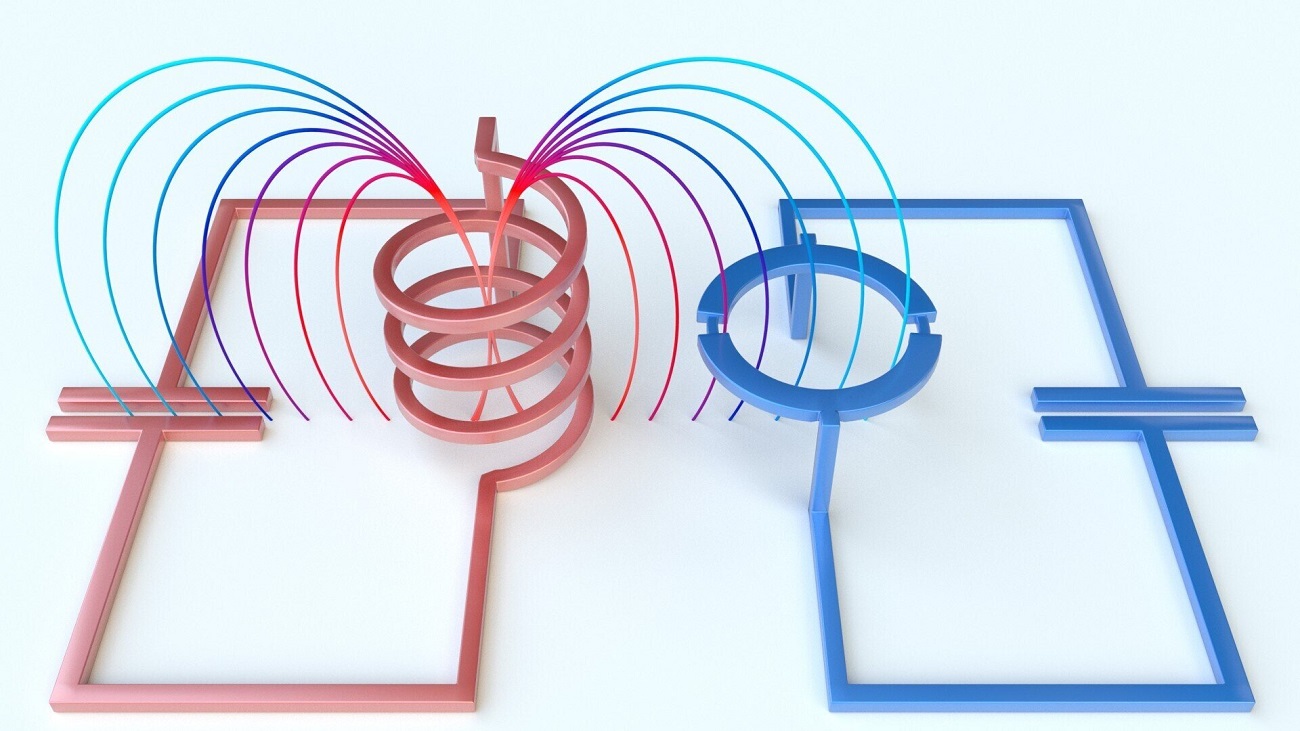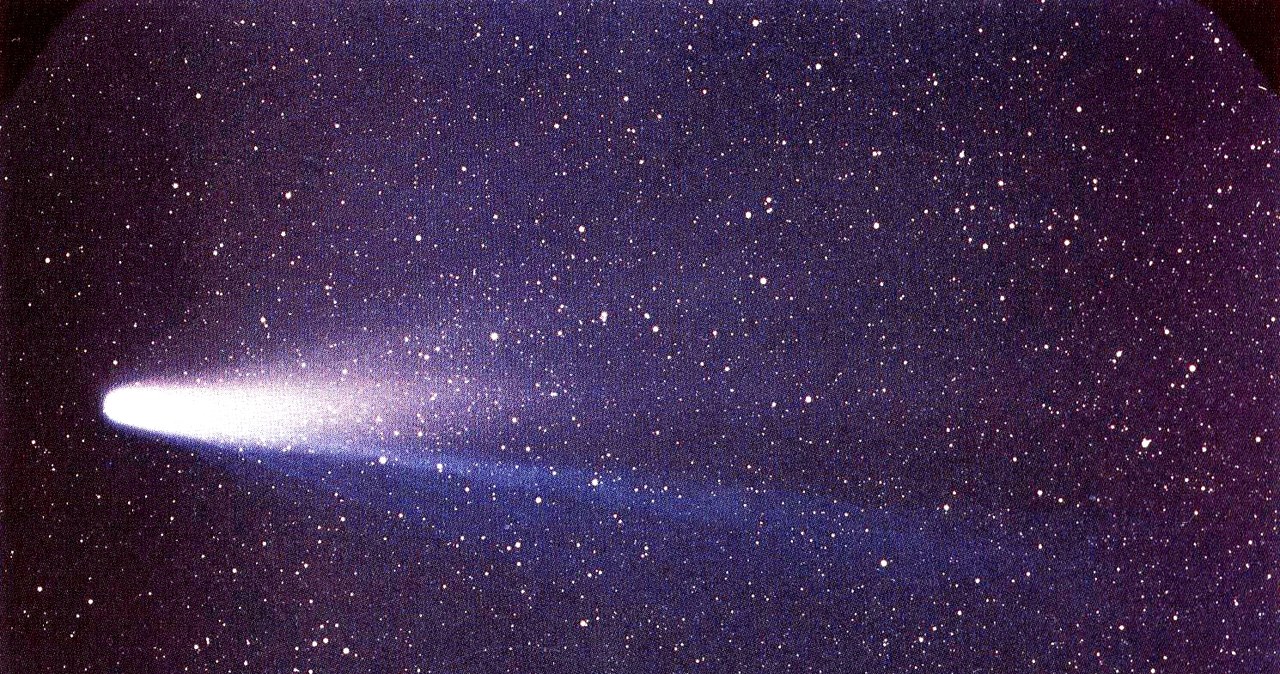
Almost all of the scientific instruments of the James Webb Space Telescope are synchronized with the main mirror. Almost all of them, since the last device – the mid-infrared (MIRI) device – It can be set when it reaches the appropriate operating temperature. MIRI needs such a low temperature that passive cooling is not enough for it, which is why it was cooled for several days using a special and innovative cooling device.
around mid March inform usThe critical stage for aligning the mirror sections of the Webb telescope has been completed. To do this, it was necessary to adjust the primary and secondary mirrors on the near-infrared camera (NIRCam). This allowed the necessary tests to be carried out and to ensure that the Webb optical system worked flawlessly. At that time, an image of the selected star was acquired using NIRCam. After this phase was completed, the optics tuning phase began to collaborate with the precision-guided sensor (FGS), the near-infrared slit spectrophotometer (NIRISS) and the near-infrared spectrophotometer (NIRSpec).
The NIRCam instrument with which optics are synchronized for the first time is an infrared camera that records wavelengths from 0.6 to 5 micrometers. Its purpose is to record the light of the first stars and galaxies, to photograph stars in nearby galaxies, young stars in the Milky Way or objects in the Kuiper Belt. The camera is equipped with a digital imaging device, which makes it possible to photograph very dimly lit objects located near brighter ones. This will make it possible to accurately observe planets orbiting nearby stars.
NIRSpec also operates in the 0.6-5 µm range. The spectrometer will record the full range of radiation, which will allow to know the physical properties of the tested objects, such as their mass, temperature or chemical composition. In turn, FGS/NIRISS will be responsible for determining the precise location of Webb on specific objects, the discovery of the first light that flashed in the universe and the discovery, characterization and spectroscopic studies of exoplanets.
The tool we are still waiting to fine tune with optics is MIRI. It consists of a camera and a spectrometer operating in the mid-infrared range (5-28 µm). It is a very sensitive scientific device. MIRI will witness the redshift of distant galaxies, faint planets, and star formation, and will observe Kuiper Belt objects.
It will provide us the most wonderful pictures. However, to be able to take advantage of its extraordinary capabilities, it must be cooled to a temperature of -266.15 ° C. Such a lower temperature cannot be achieved simply by passive cooling and the protection provided by the sun visor. Active cooling is needed, which is responsible for an innovative two-stage device. Its first stage will cool MIRI to -255.15 degrees, and thanks to the second MIRI it will reach the required operating temperature of -266.15 ° C. That’s only 7 degrees above absolute zero.
Until recently, the temperature of MIRI decreased very slowly. Over the 54 days of passive cooling, it has fallen by 58 degrees. Active cooling was triggered 10 days ago and during this time the temperature of MIRI decreased by another 52 degrees. At the time of writing, Miri’s temperature is -231.35 degrees Celsius.

Echo Richards embodies a personality that is a delightful contradiction: a humble musicaholic who never brags about her expansive knowledge of both classic and contemporary tunes. Infuriatingly modest, one would never know from a mere conversation how deeply entrenched she is in the world of music. This passion seamlessly translates into her problem-solving skills, with Echo often drawing inspiration from melodies and rhythms. A voracious reader, she dives deep into literature, using stories to influence her own hardcore writing. Her spirited advocacy for alcohol isn’t about mere indulgence, but about celebrating life’s poignant moments.


![The Lost City (2022) – movie review and opinion [UIP] The Lost City (2022) – movie review and opinion [UIP]](https://www.moviesonline.ca/wp-content/uploads/2022/04/1649198499_The-Lost-City-2022-movie-review-and-opinion-UIP.jpg)






